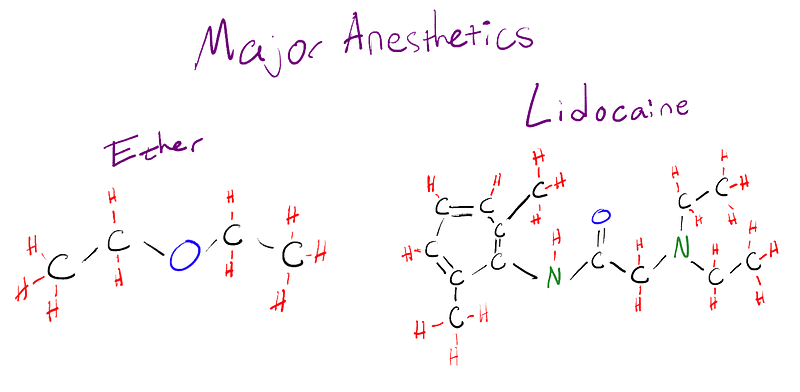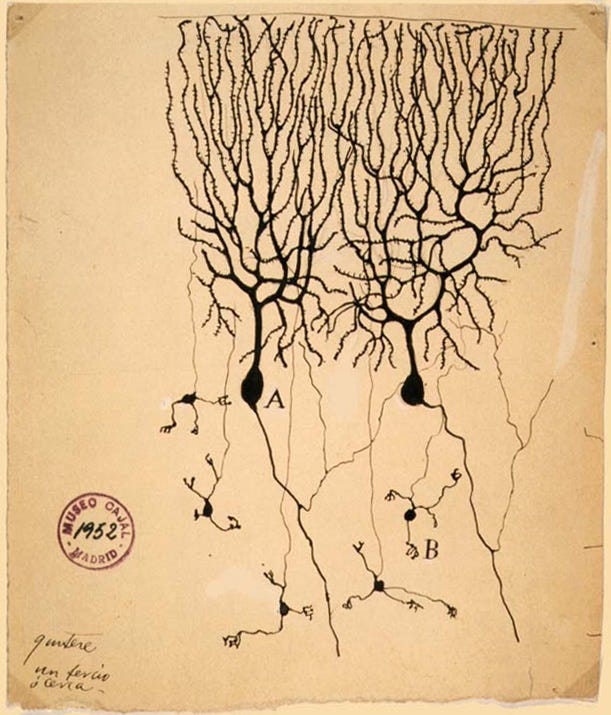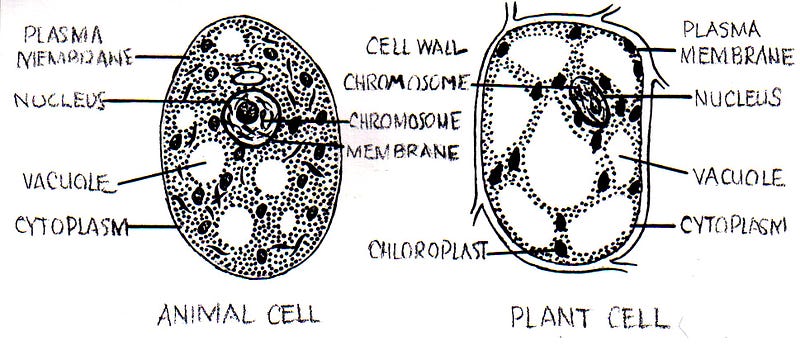Exploring Anesthesia in Plants: Insights and Mysteries Unveiled
Written on
Chapter 1: The Enigma of Anesthesia
Anesthesia has been a part of human medicine for nearly 175 years, yet the precise workings of how it functions remain elusive. Numerous researchers have approached this mystery from various angles, proposing countless theories without arriving at a definitive explanation. Enter the botanists, who devised an intriguing experiment involving Venus flytraps. They sealed these plants in a glass chamber, exposed them to ether, and observed their reactions—a unique approach to understanding anesthesia.
A team of scientists explored the effects of anesthesia on Venus flytraps (Dionaea muscipula), a fascinating plant species known for its distinct movements. These small herbs, scientifically classified as such (similar to banana trees), are ideal for this study due to their predictable behavior. The researchers treated the plants with lidocaine and ether, carefully monitoring their reactions to see if they mirrored those of humans exposed to these substances. Their findings were both astonishing and perplexing.

The images depict the structures of the anesthetics used in the research. Despite their significant differences, both substances yield comparable effects in plants and animals.
While plants and animals diverged evolutionarily around 1.5 billion years ago, they share many fundamental similarities. Although plant cells include chloroplasts and cell walls, their overall structure bears resemblance to that of animal cells. Animals have developed muscles and specialized internal organs for nutrient processing, while plant cells exhibit a more uniform structure. Essentially, a cell from one part of a plant is likely to be more similar to another plant cell than randomly selected animal cells. Despite these distinctions, the basic cellular architecture has remained largely unchanged over the millennia, making plants suitable candidates for this research. However, plants lack the critical element that anesthesia typically targets in animals: neurons.

Neurons, the fundamental components of the nervous system, are exclusive to animals. They transmit signals regarding sensations and movements between the brain and various body parts. Neurons communicate through electro-chemical signals that can traverse significant distances within an organism. For instance, in a tall individual, these signals can travel over eight feet. Most of this communication is facilitated by sodium ions—charged particles that navigate through channels to relay messages from one neuron to another. Lidocaine, commonly used as a local anesthetic, obstructs these sodium channels, effectively halting the transmission of information between neurons. This is why it numbs specific areas; without communication, pain signals cannot reach the brain.
Interestingly, while plants lack neurons, lidocaine still inhibits their movements and responses. The following video demonstrates the effects on Venus flytraps before and after exposure to lidocaine.
Despite the absence of neurons, the question remains: how does lidocaine exert its effects? We can only conjecture. Plant responses and sensations appear to be decentralized; there is no centralized brain overseeing their functions. In contrast, animals exhibit clear organizational structures. Plants communicate through ion channels, akin to animal systems, and it is likely that lidocaine interferes with these channels, disrupting intercellular communication. As a result, hair cells in the Venus flytrap are unable to signal motor cells to contract, as no messages are being transmitted.
So, while lidocaine operates differently across cell types, it appears to follow a similar mechanism in both plants and animals. But what about ether? This substance presents an even greater conundrum.
Ether and lidocaine are chemically distinct, yet both serve as anesthetics in both plant and animal systems. In animals, preliminary research suggests ether disrupts cell membranes, hindering communication without causing complete cellular destruction. These membranes, composed of lipid molecules, encase every cell, safeguarding them from external threats. It seems ether interferes with these membranes, though the specifics remain unclear. Plant cell membranes, significantly different in structure, also respond to ether, challenging our understanding of its mechanisms.

Plant cells possess sturdy cell walls and membranes regulating the exchange of substances. While their membranes share some similarities with animal membranes, they consist of different molecular structures, akin to comparing adobe to brick construction. Yet, ether still manages to interact with them, though the precise nature of this interaction remains a mystery.
Researchers have grappled with ether's effects for nearly 175 years, yet its precise function as an anesthetic is still not fully understood. Recent studies confirm its efficacy in plants, adding layers to the mystery surrounding its action. The French physiologist Claude Bernard first noted ether's effect on plants around 150 years ago. Today, we are slightly closer to unraveling this mystery, but the quest continues. Plants could hold the key to understanding.
Given the vast physiological differences between plants and animals, studies on plant anesthesia offer a novel lens through which to examine anesthetic research. This comparative approach may highlight shared elements between the two kingdoms, potentially illuminating the mechanisms of anesthesia. By simplifying the variables in research, scientists can focus on the fundamental similarities between plants and animals, aiming to uncover the core aspects of anesthetic action.
To date, we have established that anesthetics do immobilize plants, but comprehensive understanding remains elusive. Although a few researchers are diligently investigating this phenomenon, progress has been slow. Fortunately, plant research may advance more swiftly than animal studies, as ethical concerns are minimal, allowing for increased experimentation. Additionally, plants are easier to cultivate and control compared to animals, facilitating consistent results.
While our understanding of how anesthesia affects plants has yet to reveal insights into its mechanisms in animals, the plant kingdom may provide crucial information for future breakthroughs. We have developed safe anesthesia practices, effective methods for waking patients, and precise dosing protocols to prevent pain during surgery. However, the answers to the fundamental questions about anesthesia may lie within the realm of botany. Currently, the science of anesthesia resembles physics before Einstein; we comprehend its existence and application, but the underlying principles remain a mystery. Just as Einstein transformed our understanding of gravity, a botanist studying Venus flytraps may ultimately reveal the true nature of anesthesia.
References
Chapter 2: Understanding the Role of Ether in Anesthesia
The following video offers a detailed exploration of the topic of anesthesia and cannabis, which may provide context for how anesthetics affect the body during surgical procedures.